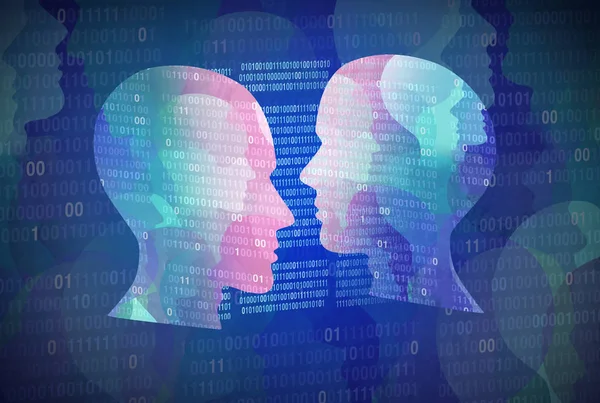
In the age of fake news and the spread of misinformation, it is of little surprise that the phenomenon known as “Deepfake” has established itself. Defined as “A video of a person in which their face or body has been digitally altered so that they appear to be someone else” by Oxford Dictionary, Deepfakes are not necessarily new or unknown, at least not to those of us using social media and internet everyday. More widely, Deepfakes are not only videos, but images and audios that, while seemingly convincingly real, are AI – manipulated fabrications.[1]
While to the majority of us Deepfakes are known as “harmless memes or clever marketing campaigns”, the consequences of Deepfakes may be disturbing, varying from spread of disinformation, to cyberattacks, and reputational damage.[2] Various forms of Deepfakes have already infiltrated social media as well, with multiple TikTok accounts emerging and mimicking famous actors or political figures.
@deeptomcruise Sports!
♬ original sound – Tom
Not only that, but advanced Deepfake technologies provide criminals with the ability to alter not only the political, but personal narrative as well. As Deepfakes first caught the public’s eye due to altered pornographic materials distributed on Reddit, it is merely a surprise that such content may be used in cases of revenge porn, falsified claims, and may even result in domestic violence.[3] As is discussed by Kweilin T. Lucas, Deepfake technology poses a risk of domestic violence, as Deepfakes may be used to threaten, blackmail, and further abuse the victims.
However, it does not just end at that – in the span of the last few years, Deepfakes have grown extraordinary, going way beyond from face-swapping to whole-head, audiovisual, and even whole-body synthesis, meaning that it can recreate movements, voices, and much more.[4] . Similarly, as Deepfake technology is still in its infancy, it is difficult to predict how dangerous and realistic they may become in the future.[5]
So, one may question – if the existence and accessibility of DNN may cause such issues, why are there no legislations prohibiting the use of it? Well, certain states have already made aspects of Deepfakes, such as creation and exhibition of pornographic materials or manipulation of images of political figures, illegal. Similarly, not only are cyber-security companies working on detection algorithms, people themselves can detect certain signs of Deepfakes, including but not limited to shifts of lights, colors, strange blinking, and jerky movements.[6]
Not only are there tell-tale signs and laws, the existence of Deepfakes comes with a set of advantages that may be hard to ignore. While imposing human features and manipulating sounds may seem off-putting at first, actor Val Kilmer’s son certainly didn’t seem to mind, when a Deepfake technology allowed him to hear his father’s voice again.[7]
Similarly, Deepfakes may be used to break down linguistic barriers, as can be seen in the video below, in which David Beckham is able to pass his message in nine different languages:
Alongisde all of it, Deepfakes may simply be fun. Recreating pictures next to famous actors or being able to look into the loved one’s eyes once more – things that once were impossible are within the reach of the hand with the help of Deepfake technology.
Thus, Deepfakes come in a shape of a double sided coin – while it may result in increase of revenge porn, manipulation, and violence, it may also create room for communication, create abilities to speak – and listen – as well as take one more look at those who have deceased.
The digital world, therefore, brings more and more questions everyday. It is difficult to pick between what’s good or what’s bad, but it is crucial to remember that there may always be an in-between.
[1] https://www.simplilearn.com/role-of-ai-in-identifying-deepfakes-article
[2] https://www.simplilearn.com/role-of-ai-in-identifying-deepfakes-article
[3] https://www.scientificamerican.com/article/detecting-deepfakes1/
[4] https://www.scientificamerican.com/article/detecting-deepfakes1/
[5] https://www.tandfonline.com/doi/abs/10.1080/15564886.2022.2036656?journalCode=uvao20
[6] https://www.kaspersky.com/resource-center/threats/protect-yourself-from-deep-fake
[7] https://www.wipo.int/wipo_magazine/en/2022/02/article_0003.html


Recent Comments